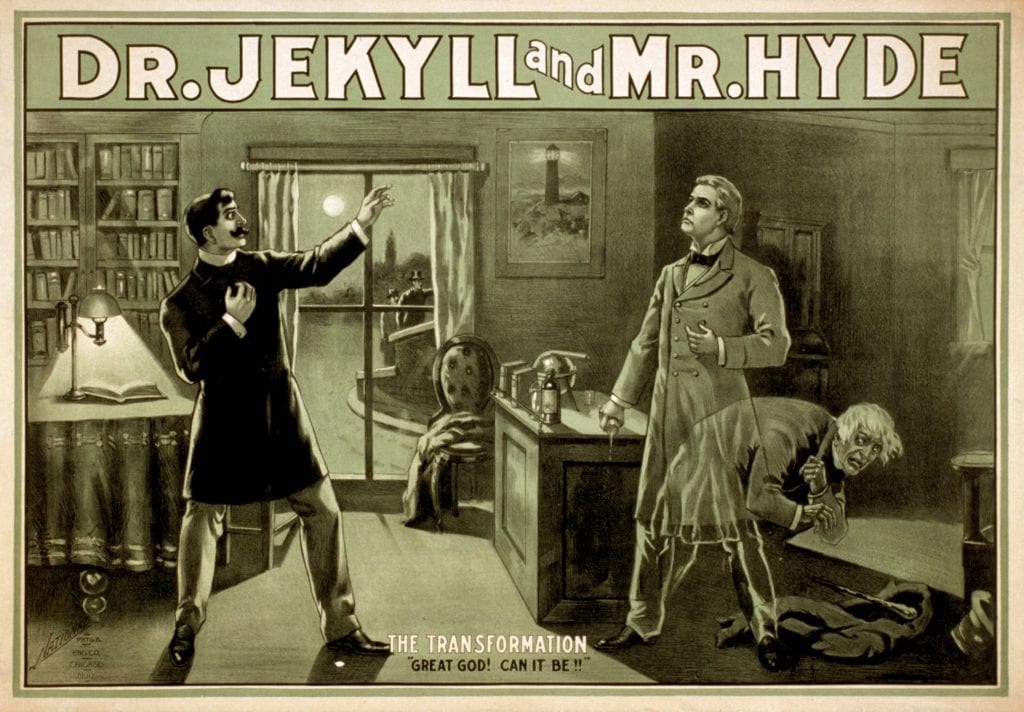
The Fundación Telefónica has just opened at number 3 of Fuencarral street the exhibition Terror in the laboratory, in which the great myths of horror literature that emerged in the XNUMXth century such as Dr. Frankenstein or Dr. Jekyll and Mr. Hyde are analyzed.
The exhibition, which opens its doors until October 16, tries to focus on the origin of a genre that emerged in the Swiss mansion of Villa Diodati in 1816. It was during the summer of that year, marked by the eruption of the Tambora volcano. in Indonesia, when the skies turned an ashen color, forcing the writers gathered in this village to take refuge and resort to their imagination as a way of distraction from a world whose roofs seemed to be crumbling.
Two hundred years later the exhibition Terror in the Laboratory recalls this and other highlights of horror literature.
Monsters of a year without a summer
The exhibition 'Terror in the laboratory' begins at the Fundación Espacio @SpaceFef https://t.co/P0ZBrPtFoP pic.twitter.com/nw6xyISUSh
- TurismoMadrid (@TurismoMadrid) June 16, 2016
In April 1815 the Tambora volcano, located on the Indonesian island of Sumbawa, erupted darkening the skies of the world and spitting ash over much of the planet. The months that followed the cataclysm were absent of sun and heat, so it became known as the year without summer, which lasted until 1816. It was during the gloomy summer of this last year that writers such as Mary Shelley, the poet Lord Byron or John Polidori met to write at the Villa Diodati, in Switzerland.
The gloomy atmosphere that invaded half the world led them to replace the picnics by the lake for long stays locked in a mansion in which stories began to be told to distract themselves. From this inventiveness that emerged in such a critical situation, characters like Frankenstein and Dr. Jekyll, both creations of Shelley, or Polidori's Vampire, all of them turned icons of a horror literature that would take off at the beginning of the XIX century until they became great references of the letters.
A literary universe that breathes again as of today in the center of the Fundación Telefónica, an entity that has assembled a particular labyrinth of references in the form of book covers, sculptures and documents that analyze these myths of terror whose common feature is, Above all, the fact that it arose in a laboratory, a reason that excludes other classics such as Count Dracula but that does include some great heirs of that year without a summer, such as The Island of Doctor Moreau or The Invisible Man, both by HG Wells.
An exhibition that will not leave indifferent those who seek to resort to the gloomier (and timeless) side of XNUMXth century literature.
The Terror in the Laboratory exhibition He invites you for the next four months to immerse yourself in a literature of screams and experiments that emerged during that ash summer in which the eruption of a volcano would forever change the world of literature.
Will you visit this exhibition?
Hello Alberto.
I would like to visit her, although I don't think I can. Do you know if it will roll in other parts of Spain? I suspect not, although I wish I reached Asturias.
It is curious how a natural phenomenon had such an important influence on the history of literature, since if that volcano had never erupted, possibly today the characters of Frankenstein, Dr. Jekyll, Mr. Hyde or Polidori's vampire would not exist. He asked me how they would come up with those stories. Was it just a spark of ingenuity or were they based on something?
From Oviedo, a literary greeting.